
Homemade Baby Food Made Easy
- Home
- Live Well Blog
- Homemade Baby Food Made Easy
“I can make that!” Have you ever thought that when looking at the jars of baby food at the grocery store? As more families choose to eat “cleaner” foods with fewer preservatives, the homemade baby food trend has grown. Moms choose to make their own baby food for other reasons too. For example, they can use foods that they’re already making for the rest of the family, like cereals, fruits, and vegetables.
Homemade baby food has other benefits, too. “I started making my son’s baby food at home because I wanted him to taste a larger variety of food than was available in the store,” says Melissa Connor, a registered dietitian and mother to a 1-year-old boy. When my first daughter was ready to start on solids, I chose to make my own baby food to save money and to make sure my baby was getting the highest quality ingredients. Whether you decide to try homemade baby food to save money, to add variety, or to avoid added preservatives, the following tips will get you started on your own baby food creations in no time!
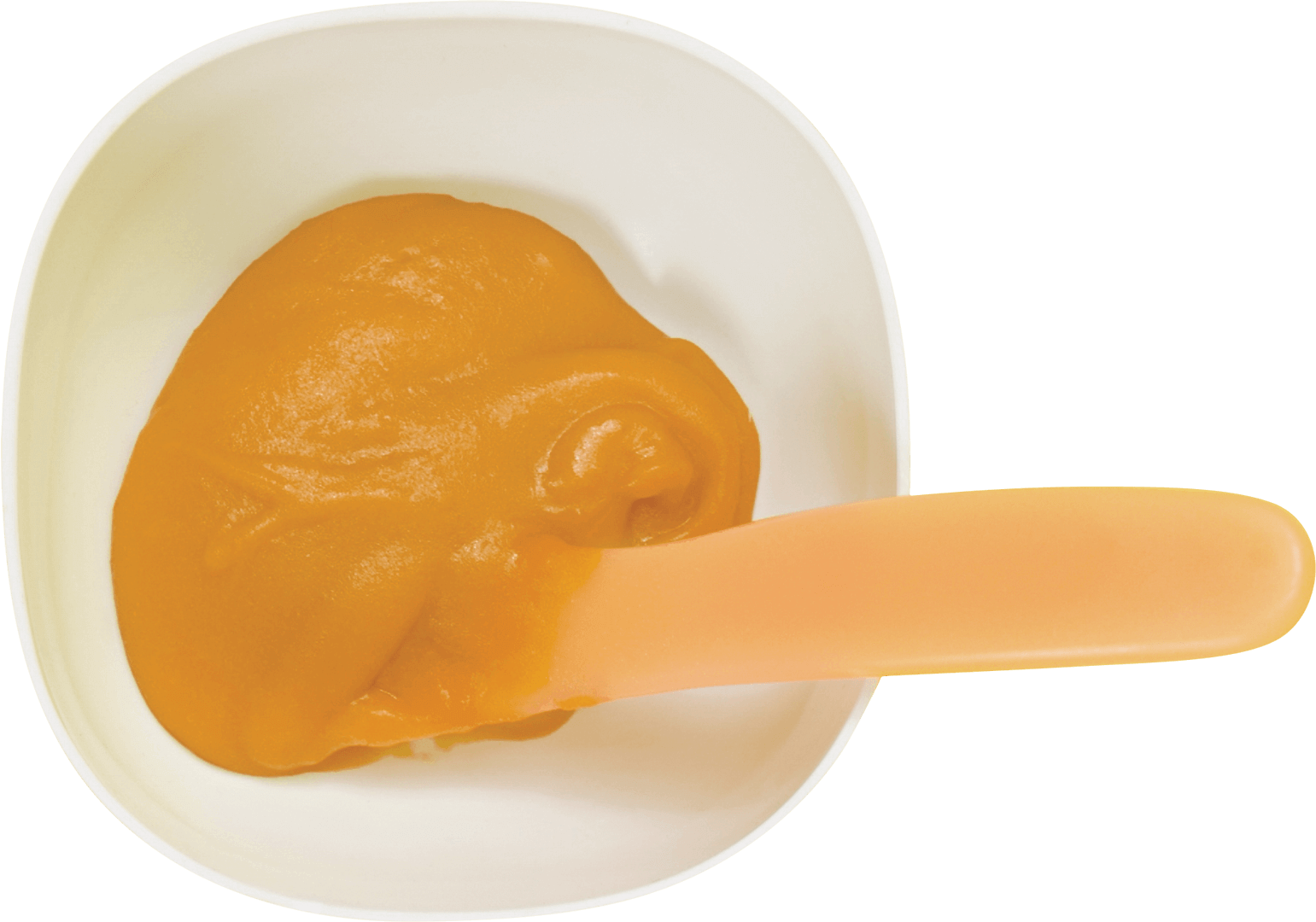
Most babies are ready to start solid foods around 6 months of age. If your baby is able to sit up on their own, and shows interest in food by opening their mouth when food is nearby, they may be telling you they’re ready.
| Ingredient | Preparation | Steam/Boil Time | Microwave Time | Prep Tool |
|---|---|---|---|---|
| Fresh Banana or Avocado | Peel and cut into small pieces. | N/A | N/A | Fork or Potato Masher |
| Fresh Zucchini or Summer Squash | Cut into thin slices. | 10 minutes or until tender | 2-3 minutes | Immersion/Regular Blender or Food Processor |
| Frozen Peas or Green Beans | Whole pieces | 4-5 minutes | 2-3 minutes | Immersion or Regular Blender |
| Fresh Pears, Peaches, Plums or Nectarines | Wash, peel and remove stems, seeds, and pits. Cut into small pieces. | 5-7 minutes | 2-3 minutes | Immersion or Regular Blender or Food Processor |
| Fresh or Frozen Carrots or Fresh Sweet Potatoes | Wash and peel. Cut into small pieces. | 10-12 minutes or until soft | 4-6 minutes or until soft | Blender or Food Processor |
| Fresh Apples | Wash, peel, and remove stems and seeds. Cut into thin slices. | 7-10 minutes or until soft | 3-5 minutes or until soft. | Immersion or Regular Blender or Food Processor |
| This guide will help you to choose what tools will work best for your recipes & your budget. |  |
 |
 |
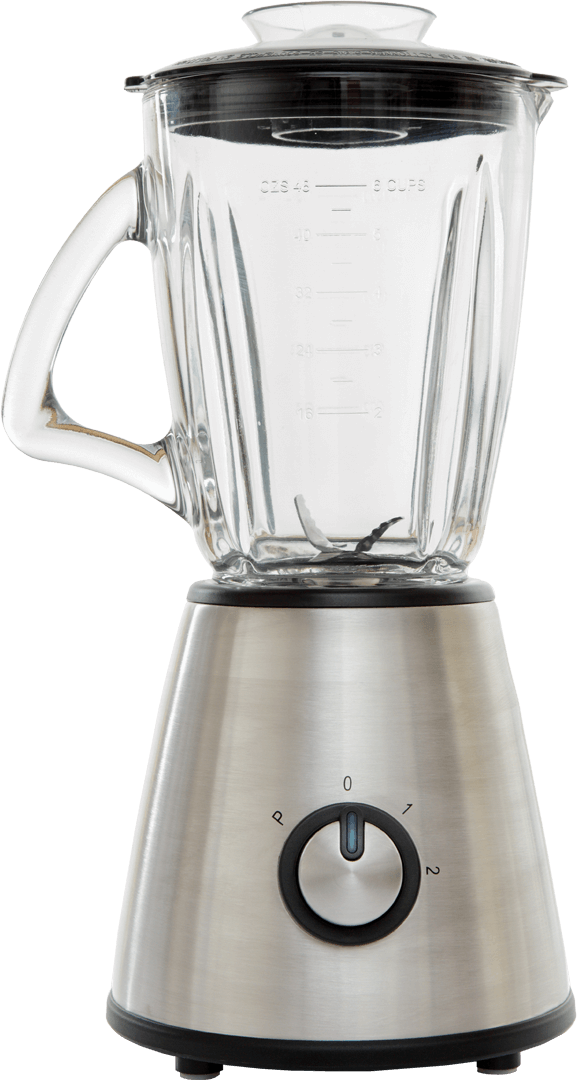 |
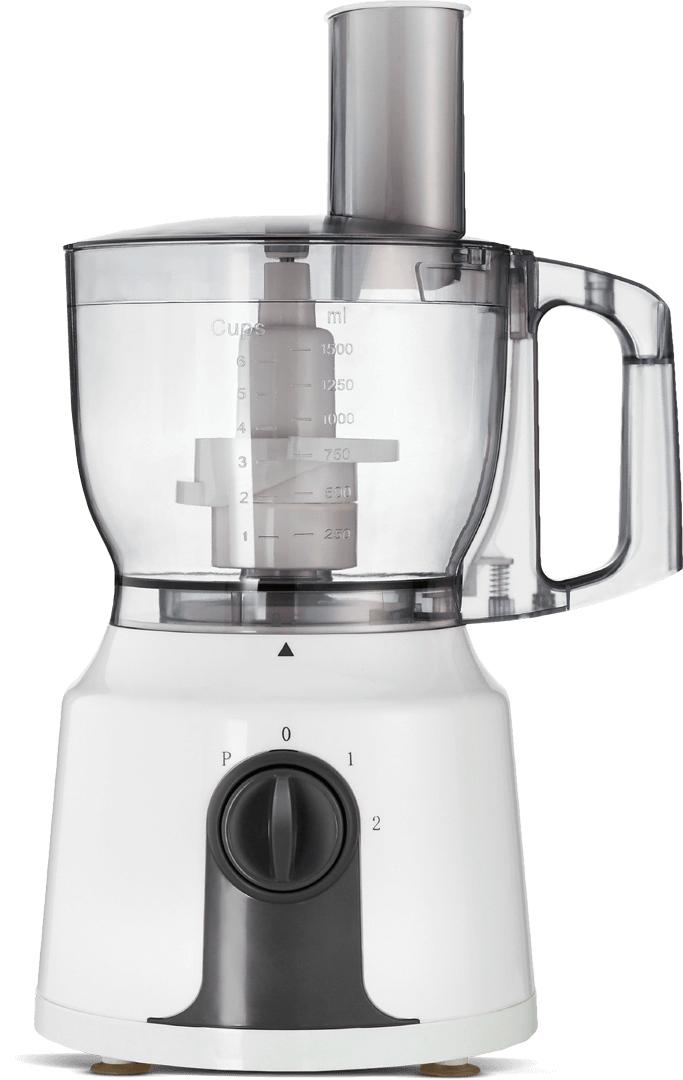 |
|---|---|---|---|---|---|
| Kitchen Tool: | Fork | Potato Masher | Immersion Blender |
Blender | Food Processor |
| Price Range: | Free | $13 | $15-$40 | $20-$50 | $30-$95 |
| Useful for: | Soft foods like bananas and avocados that can be mashed. | Starchy foods like potatoes and winter squash | Pureeing small batches of soft fruits and vegetables in the saucepan or a storage container. Smaller than a blender and easy to store. | Steamed fruits and vegetables, beans, dry grains like oats. | Pureeing more solid foods like carrots, potatoes, and for grinding grains to make cereals. Can easily make larger batches of foods. |
Tips for Easy Homemade Baby Food
- When using the stove top, add fruits and vegetables to water that is boiling.
- Cooking too long can lead to loss of vitamins. Only cook until foods are soft, and rinse in cold water to stop the food from cooking.
- Microwave fruits and vegetables in a covered glass or ceramic dish. (Avoid plastic.)
- Add 1-2 tablespoons of water to the dish before microwaving.
- Add breast milk, cooking water, or formula to make the food into a smooth paste when mashing or pureeing.
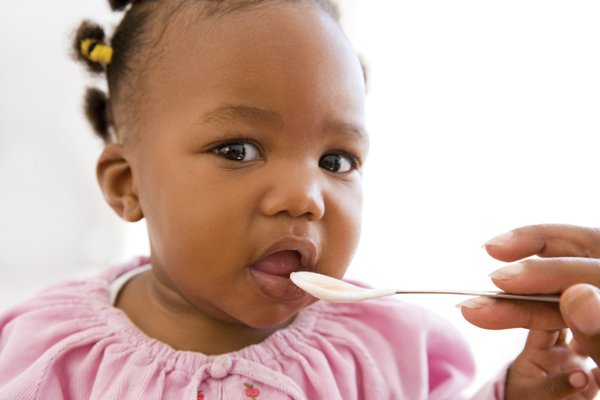

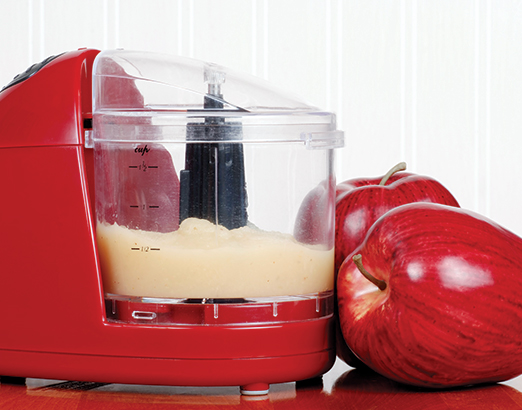
Keeping baby’s food safe
- Wash your hands in warm soapy water for 20 seconds before preparing your baby’s food.
- Clean all cooking tools and surfaces with hot, soapy water, or in the dishwasher.
- Never use the same cutting boards, cooking tools, or bowls that may have come into contact with raw meats, eggs, poultry or fish.
- Wash all fruits and vegetables under running water. White vinegar can be used as a produce rinse to remove pesticides. Make your own produce rinse using 3 cups of water for every 1 cup of white vinegar. It’s important to wash produce even if you don’t cook it because germs on the outside of the food can end up in the food your baby will eat.
- Refrigerate or freeze any leftover baby food within two hours of preparing or cooking.
- Make sure your refrigerator is set to 40 degrees F or below.
- Freeze any batches of baby food that you don’t use within two days. (One day for meat, poultry and fish.)
- Use a clean ice cube tray to freeze into 1-ounce portions. Freeze up to 30 days in a zip-top bag that has been labeled with the date.
-
For more food safety tips visit homefoodsafety.org.

